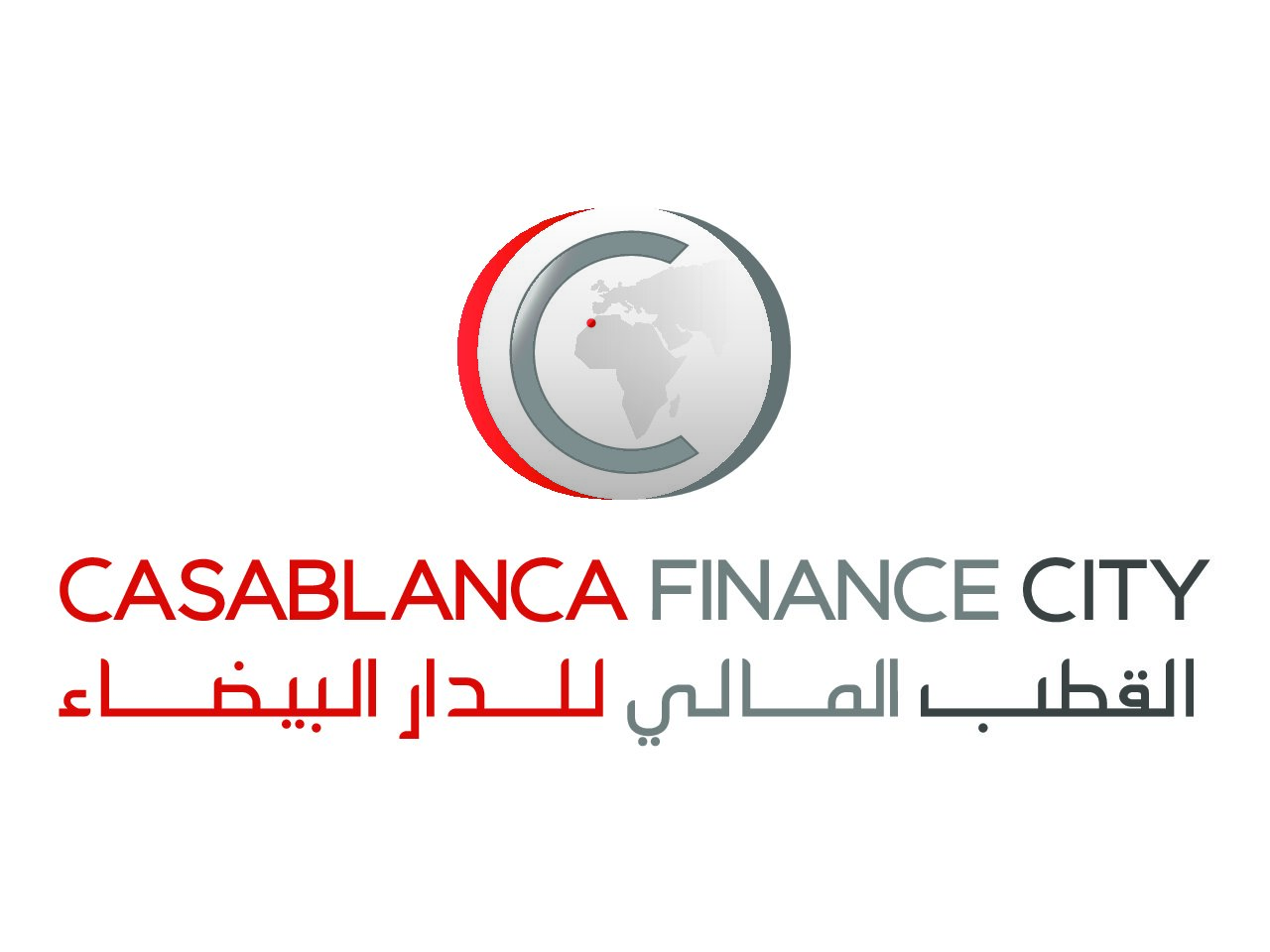Key Components of Successful Project Financing
Project financing is a pivotal element in the execution of large-scale projects. It’s a complex process that requires careful planning and strategic decision-making.
This article aims to shed light on the key components of successful project financing. It provides a comprehensive guide to understanding the process, strategies, and considerations involved.
Whether you’re a project manager, financial analyst, investor, or business owner, this guide is for you. It’s designed to help you navigate the intricacies of securing funding for significant capital projects.
We’ll delve into the distinction between project financing and corporate financing. We’ll also explore the role of project financing in infrastructure, energy, and industrial projects.
By the end of this article, you’ll have a clearer understanding of project financing. You’ll be equipped with the knowledge to make informed decisions and drive your projects towards success.
Understanding Project Financing
Project financing is a funding structure where the project’s cash flow pays back the investment. It’s a non-recourse or limited recourse financial structure. This means the project’s assets, rights, and interests are used as collateral.
This financing method is often used for large-scale projects. These projects require significant capital and carry a high level of risk.
The Role of Project Financing in Large-Scale Developments
Project financing plays a crucial role in large-scale developments. It’s commonly used in sectors like infrastructure, energy, and industrial projects.
These projects require substantial funding. Project financing provides the necessary capital while mitigating the risks associated with such large investments.
Project Financing vs. Corporate Financing
Project financing differs significantly from corporate financing. In corporate financing, the company’s overall creditworthiness is considered.
In contrast, project financing focuses on the project’s profitability. It’s the project’s future cash flow that secures the financing, not the company’s financial standing.
The Project Financing Process
The project financing process is complex and multifaceted. It involves several stages, from project conception to financial close.
Each stage requires careful planning and execution. The process also involves various stakeholders, each with their unique roles and responsibilities.
From Conception to Financial Close
The process begins with project conception. This involves identifying the project’s feasibility and potential profitability.
Once the project is deemed viable, the next step is to secure financing. This involves negotiations with potential investors and lenders. The process concludes with the financial close, marking the start of the project’s execution.
Key Players in Project Financing
Several key players are involved in project financing. These include the project sponsor, lenders, investors, and financial advisors.
Each player has a specific role. The project sponsor initiates the project, while lenders and investors provide the necessary capital. Financial advisors, on the other hand, offer expert guidance throughout the process.
Structuring the Finance
Structuring the finance is a critical step in project financing. It involves determining the optimal mix of debt and equity to fund the project.
This structure must be carefully designed. It should align with the project’s risk profile and expected cash flows.
The Importance of a Strong Business Plan
A strong business plan is vital in project financing. It provides a roadmap for the project, outlining its objectives, strategies, and financial projections.
Investors and lenders rely on this plan. It helps them assess the project’s viability and potential return on investment.
Risk Assessment and Allocation
Risk assessment and allocation are crucial in project financing. They involve identifying potential risks and assigning them to the party best equipped to manage them.
This process helps mitigate potential losses. It also ensures the project’s smooth execution and financial stability.
Securing the Investment
Securing the investment is a pivotal phase in project financing. It involves attracting and securing funding from various sources.
These sources can include equity investors, lenders, and bondholders. Each source has its own set of requirements and expectations.
Equity and Sponsorship
Equity and sponsorship play a significant role in project financing. Project sponsors provide equity investment, demonstrating their commitment to the project.
This equity investment is often a prerequisite for debt financing. It provides a cushion for lenders in case of project failure.
Debt Financing and Project Bonds
Debt financing is a common method of funding large-scale projects. It involves borrowing money from lenders, typically banks.
Project bonds offer an alternative to bank loans. They are debt securities issued by the project company to raise funds from investors.
Enhancing Credit and Attracting Investors
Attracting investors is a crucial part of project financing. It involves enhancing the project’s creditworthiness to make it more appealing.
Credit enhancement tools and government support can play a significant role in this process. They can help mitigate risks and increase investor confidence.
Credit Enhancement Tools
Credit enhancement tools are mechanisms used to improve the credit profile of a project. They can include guarantees, insurance, and letters of credit.
These tools can help attract investors by reducing the risk associated with the project. They can provide additional security to lenders and bondholders.
Government and Multilateral Agency Support
Government and multilateral agency support can also play a key role in project financing. They can provide guarantees, grants, or loans to support the project.
This support can enhance the project’s creditworthiness and attract investors. It can also help mitigate political and regulatory risks.
Legal and Regulatory Considerations
Legal and regulatory considerations are vital in project financing. They can impact the project’s feasibility, risk profile, and investor appeal.
Understanding the legal framework is crucial. It can influence the project’s structure, contracts, and risk allocation.
The Impact of Legal Frameworks
Legal frameworks can significantly impact project financing. They govern the rights and obligations of all parties involved.
For instance, they can dictate the terms of loan agreements and security packages. They can also influence dispute resolution mechanisms.
Environmental and Social Impact Assessments
Environmental and social impact assessments are also crucial. They can identify potential risks and mitigation strategies.
These assessments can influence investor decisions. They can also impact the project’s compliance with regulatory requirements and international standards.
Conclusion: The Future of Project Financing
Project financing continues to be a vital tool for large-scale developments. It enables the realization of projects that might otherwise be financially unfeasible.
Looking ahead, the role of green financing and sustainability considerations will likely increase. This trend will further shape the landscape of project financing, making it an exciting field to watch.





























